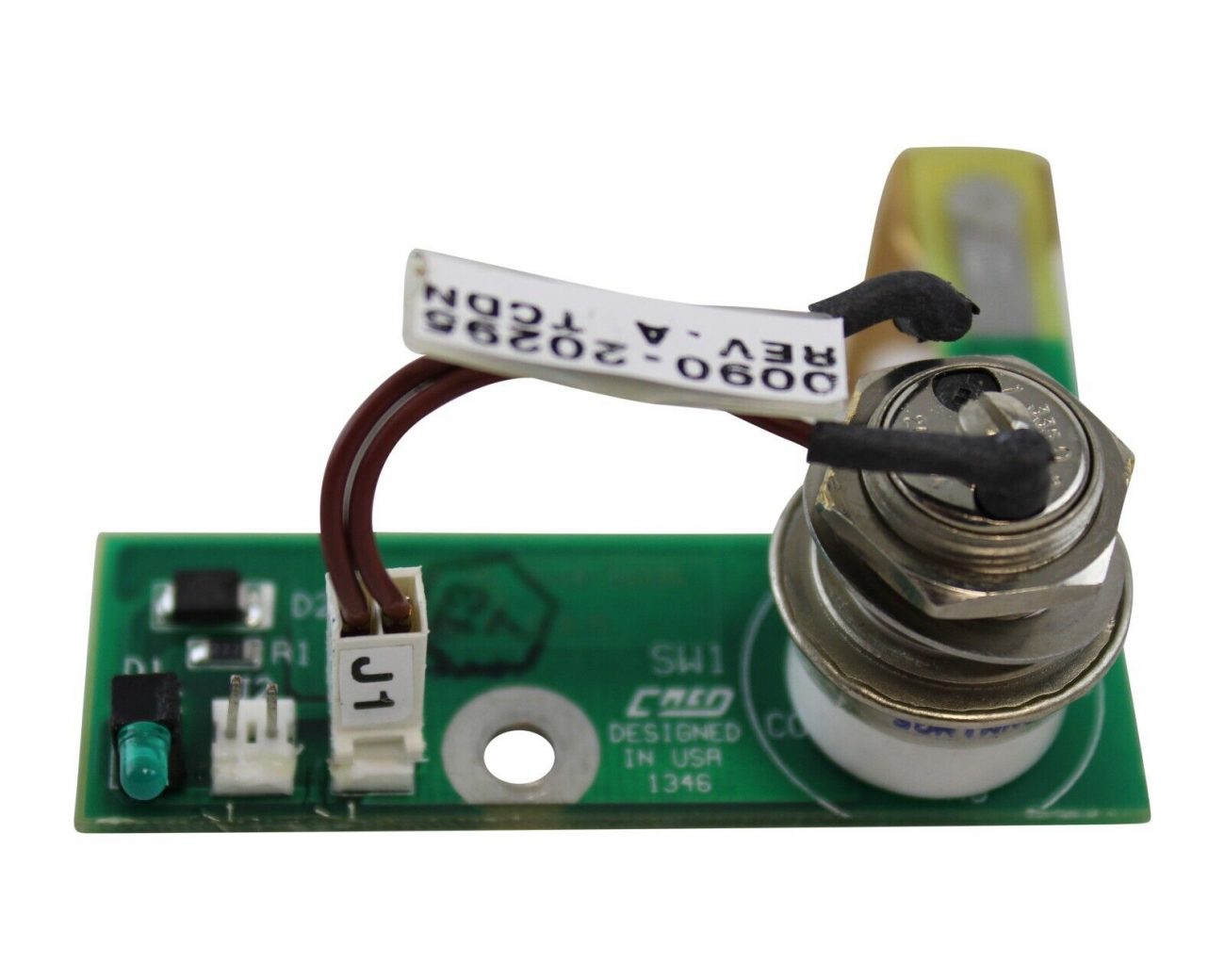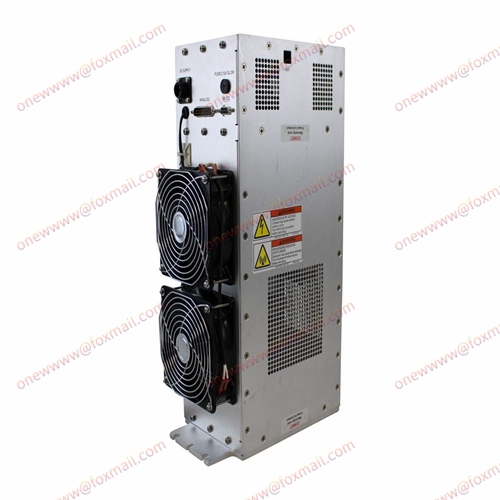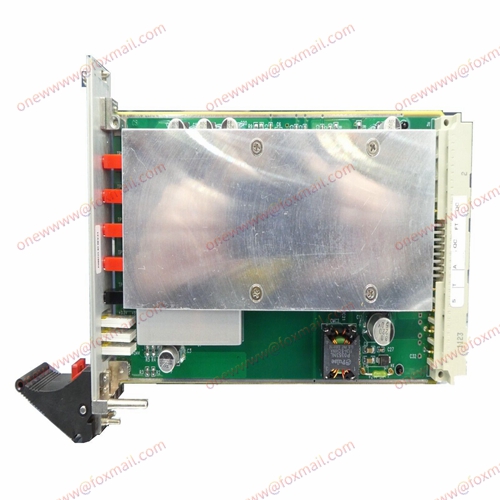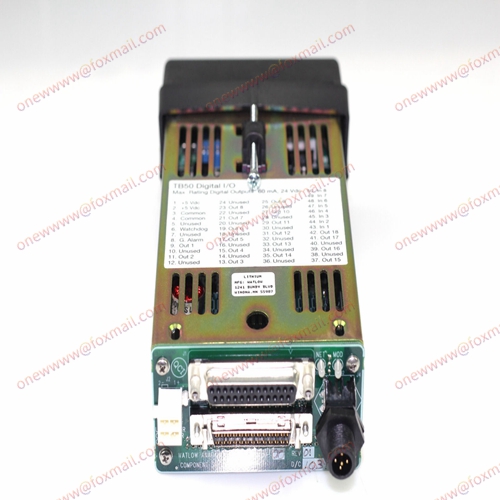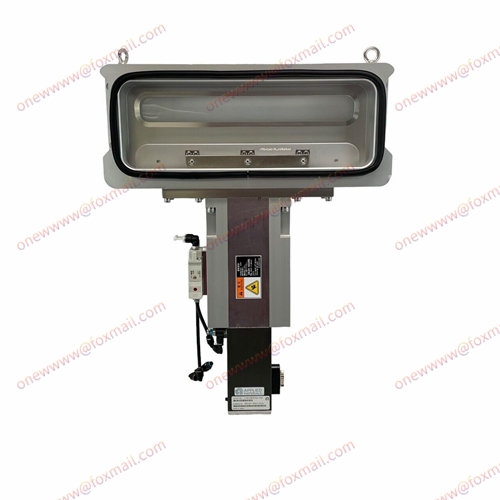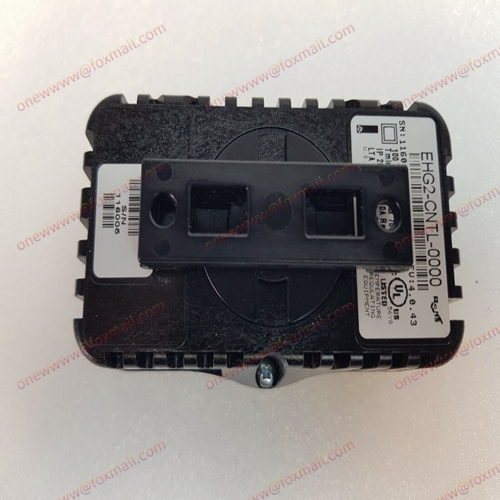In general, a circuit board module refers to a board like structure used in electronic devices to connect and support electronic components. The following is a general introduction and common features of circuit board modules:
Circuit connection: Circuit board modules typically have multiple circuit connection points for connecting and wiring electronic components to achieve circuit functionality and signal transmission.
Component installation: Circuit board modules typically have various electronic components installed, such as integrated circuits, resistors, capacitors, inductors, crystal oscillators, etc. These components are fixed to the circuit board through welding or insertion.
Hierarchy: Circuit board modules typically consist of multiple layers of circuit boards, with specific circuits wired on each layer. Different layers are connected through structures such as connecting holes and through holes.
Power management: The circuit board module may have power management functions, such as power input interface, voltage stabilizing circuit, Line filter, etc., to ensure stable power supply for circuit components.
Signal transmission: Circuit board modules typically provide various signal transmission interfaces, such as digital interfaces (such as UART, SPI, I2C, etc.), analog interfaces, high-speed data interfaces (such as PCIe, USB, etc.), to support data and signal transmission.
Protection and heat dissipation: The circuit board module may have protective functions such as overcurrent protection, overvoltage protection, short circuit protection, etc., as well as heat dissipation design to ensure the reliability and stability of the circuit board.
